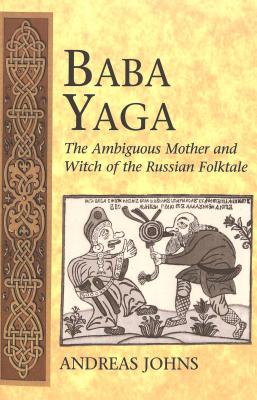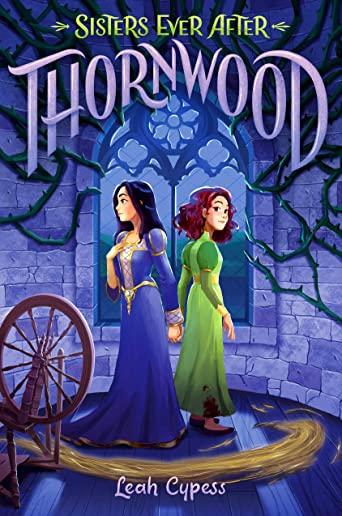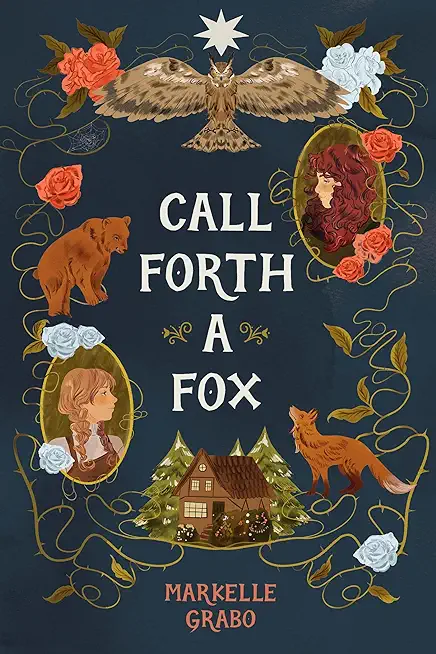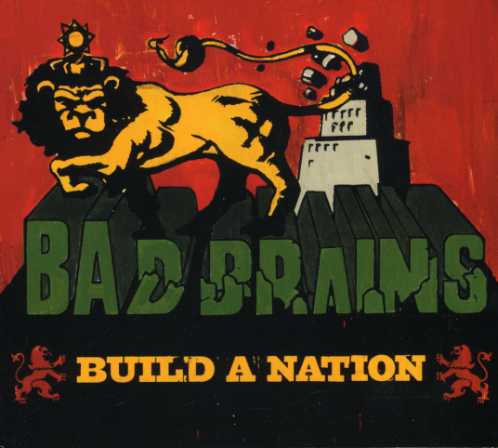
Dundes, Carolyn
product information
description
the folklore tradition of Russia, Ukraine, and Belarus. A fascinating and colorful character, she resembles witches of other traditions but is in many ways unique. Living in the forest in a hut that stands and moves on chicken legs, she travels in a mortar with a pestle and sweeps away her tracks with a broom. In some tales she tries to harm the protagonist, while in others she is helpful. This book investigates the image and ambiguity of Baba Yaga in detail and considers the meanings she has for East Slavic culture. Providing a broad survey of folktales and other sources, it is the most thorough study of Baba Yaga yet published and will be of interest to students of anthropology, comparative literature, folklore, and Slavic and East European studies.
member goods
No member items were found under this heading.
Return Policy
All sales are final
Shipping
No special shipping considerations available.
Shipping fees determined at checkout.







